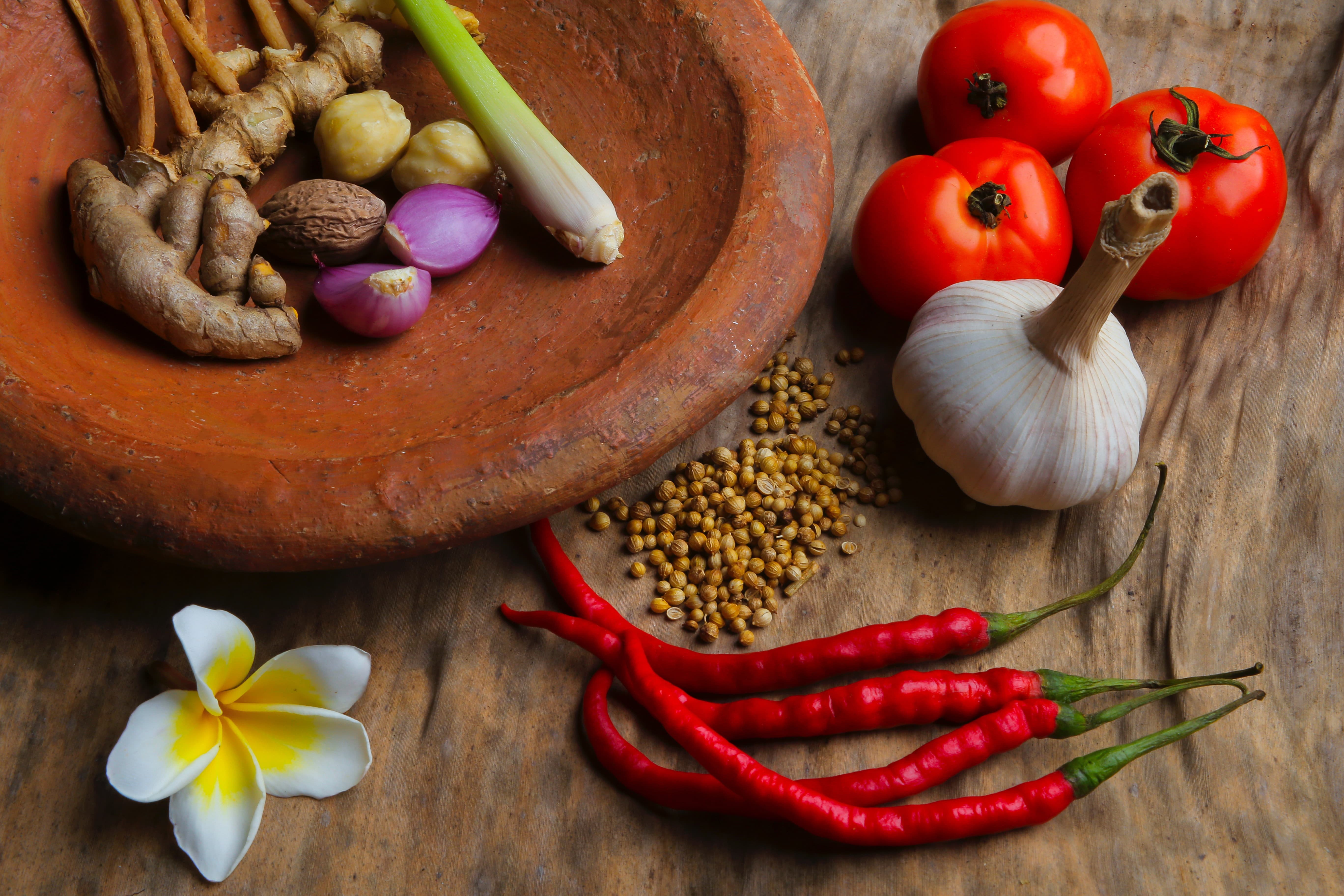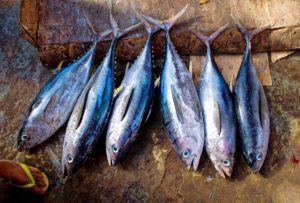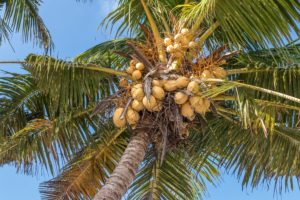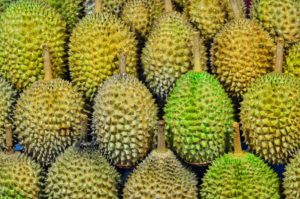You’ll find it everywhere in Indonesia: in local warungs, restaurants or at a big hotel buffet. Small bowls filled with a tasty but very spicy sauce. The colour of the sauce ranges from red to yellow and sometimes has a greenish touch.
Indonesia is well known for spicy food. Sambal, the traditional spicy sauce, is the most important condiment for a proper Indonesian meal. It is mainly made out of fresh chilli peppers and it always tastes different. Every region has a different recipe, secret ingredient or special way of preparing it. Some households do even have their own family recipe, passed on for generations.
Sambal has its origins in Indonesia but is also very popular in other countries. People in Malaysia, Singapore, and Sri Lanka like to spice up their dishes with Sambal. But not only in Asia – even in the Netherlands you can find different variations of this tasty sauce.
Let’s have a closer look at the delicious sauce some can’t live without!
Main ingredient: Chili peppers
The main ingredient is obvious: fresh chilli peppers.
But did you know that there are more than 100 different chilli peppers worldwide?
Luckily just a few of them are used to prepare Indonesian Sambal.
Let’s keep it simple: some are red, some green, some yellow and some orange.
Some are bigger, some smaller. And some are less spicy than others.
In Indonesia, you’ll find more than 300 different variations of Sambal.
So what else do they use except for chillies?
Mango, Strawberries or Pineapple?
Yes, that’s correct. And no, we’re not talking about a fruit salad.
Believe it or not, you will find lots of unusual ingredients in Sambal – but: as weird as it sounds like, they taste amazingly good!
Strawberries are used in Bandung, West Java. The sweet Sambal is best to accompany breaded fish cutlets.
A very fruity Sambal made with mango and pineapple can be found in Palembang, South Sumatra.
Banana is used in a special Sambal in East Java and green unripe mango is used in Central Java. Both will take your seafood to a whole new level!
Ever tried the King of Fruits in Indonesia?
Find out why the Durian is Indonesia´s favourite fruit!
The art of preparing
The traditional way of making Sambal is by using a cobek and ulekan, a stone mortar with a pestle.
Love and patience are the keys when slowly grinding the ingredients. Chillies and herbs fully unfold their aroma as they’re slowly mixed into a thick paste.
In some Sambal variations, there is simply water or vegetable oil added. With other variations, the ground paste is slowly stir-fried with oil. Adding fresh herbs afterwards will create a totally different taste experience.
Raw, cooked or chopped ingredients – Sambal-Lovers will like (almost) all of them!
Most famous Sambal variations
The most popular one is Sambal Terasi or Sambal Belacan. That’s the one you’ll find on most tables in Warungs and restaurants. It’s a raw Sambal made from chillies, shrimp paste, tomatoes, and shallots and goes well with any kind of food.
Grilled fish is often served in combination with Sambal Kecap. It has a slightly sweet taste and is made from chopped chillies, tomatoes, shallots, sweet soy sauce, and lime juice.
Peanuts-Lovers will probably try Sambal Kacang. It’s a thick sauce made from chillies, garlic, ground peanuts, and candlenut. You’ll find it in Satay, Gado-Gado or Nasi Uduk.
Only raw ingredients are used for a colourful Sambal Matah. It comes from Bali and is made from chillies, tomatoes, shallots, lemongrass, and kecombrang (torch ginger).
A signature Sambal from Manado is Sambal Rica. Chillies, ginger, shallots, and sugar are sautéed in vegetable oil. Lemongrass and lime juice give it a taste of freshness you won’t find in any other Sambal in Indonesia.
Did you get hungry?
Are you looking for a simple recipe?
Try this one and add your favourite ingredient. Maybe it’s time you’ll discover your own family recipe.
http://allrecipes.com.au/recipe/14921/indonesian-sambal.aspx
Do you like to eat spicy? Which one is your favourite sambal?
Photo by Baehaki Hariri on Unsplash




